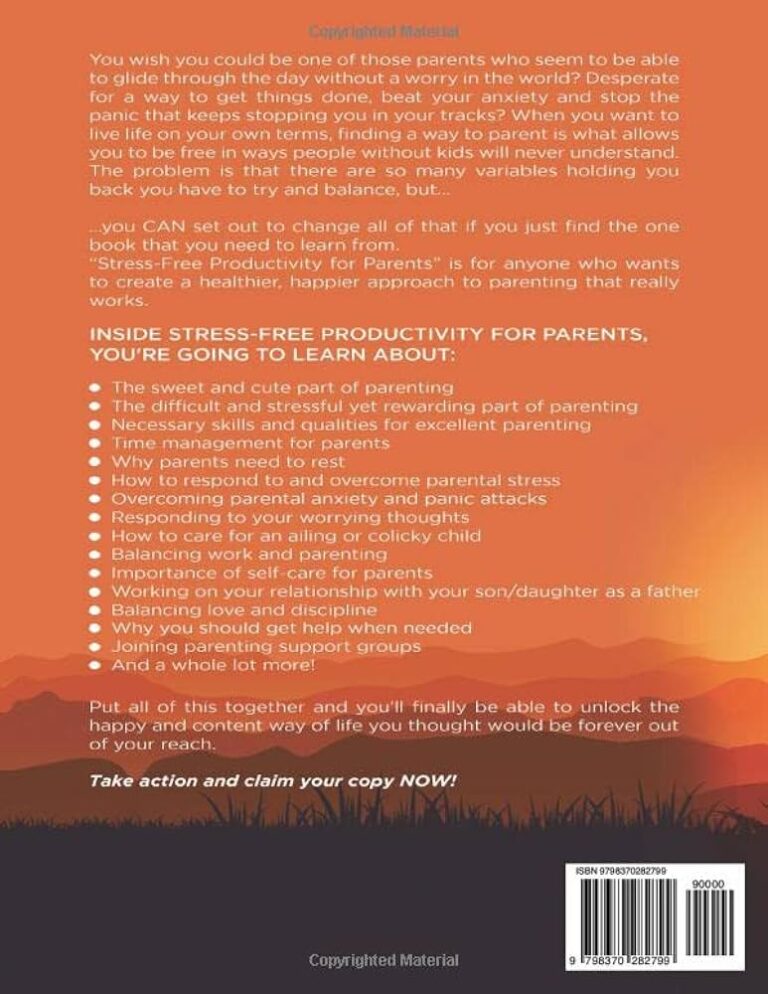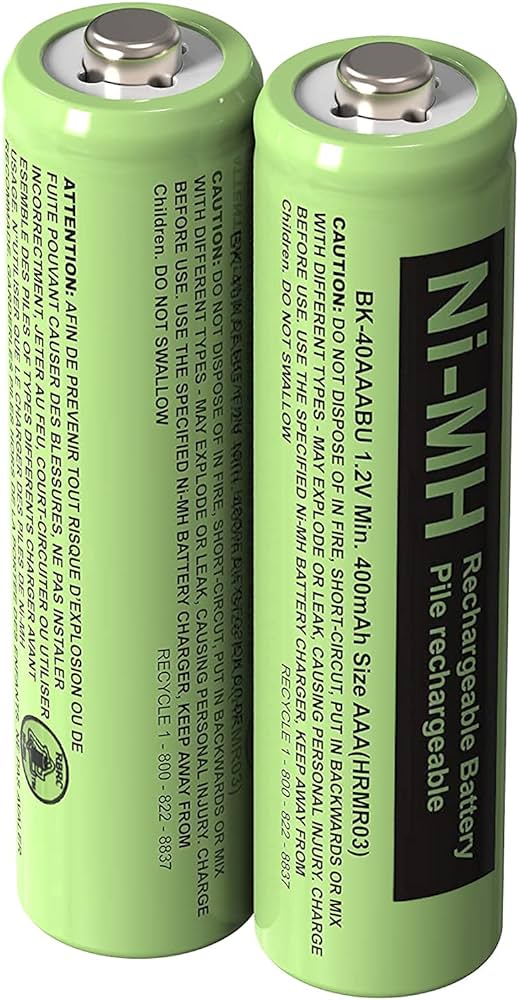How Long Does Worm Treatment Take to Work in Child: A Complete Guide
Worm treatment usually takes up to one week to fully work in a child. When it comes to treating worm infections in children, one burning question parents often have is how long it takes for the treatment to work.
Worm infestations are a common problem, especially among young children, and they can cause discomfort and various symptoms. Understanding the timeline of treatment effectiveness is crucial for parents to ensure that their child’s condition improves and prevent reinfection. We will explore how long worm treatment takes to work in a child, providing valuable insights and information for worried parents.
By the end, you will have a clear understanding of the expected timeline and be better equipped to manage and monitor your child’s recovery effectively.
Understanding Worm Infections In Children
Worm treatment in children typically takes several days to fully work. It is normal to see dead worms in bowel movements, which can take up to a week. Symptoms of worm infection usually disappear within a week of treatment.
Common Types Of Worm Infections In Children
Worm infections are common among children and can be caused by various types of worms. Some of the most common worm infections in children include:
- Threadworms (also known as pinworms)
- Roundworms
- Hookworms
- Tapeworms
- Whipworms
Symptoms And Signs Of Worm Infections In Children
It is important for parents to be aware of the symptoms and signs of worm infections in children. Some common symptoms include:
- Itching and discomfort around the anus, especially at night
- Visible worms in the stool or around the anus
- Abdominal pain or discomfort
- Loss of appetite or weight loss
- Irritability or restlessness
- Difficulty sleeping
- Anemia (pale skin, tiredness)
- Grinding teeth during sleep
If you notice any of these symptoms in your child, it is important to consult a healthcare professional for proper diagnosis and treatment. Prompt treatment can help prevent further complications and reduce the risk of spreading the infection to others.
Treatment for worm infections typically involves the use of anthelmintic medications, which work by killing the worms and eliminating the infection. The exact duration of treatment can vary depending on the type of worm infection and the specific medication being used.
For example, in the case of threadworms, it may take up to one week after treatment for dead worms to pass through the bowel movements. Symptoms usually disappear within one week of treatment.
It’s important to follow the prescribed treatment plan and complete the full course of medication, even if symptoms improve or disappear. This ensures that all worms are eradicated and reduces the risk of re-infection.
In summary, understanding common types of worm infections in children and recognizing the symptoms and signs is crucial for timely diagnosis and treatment. By following the prescribed treatment plan and taking the necessary precautions, parents can help their children recover from worm infections and prevent further spread of the infection.
The Importance Of Timely Treatment
The effectiveness of worm treatment in children varies, but it typically takes several days to kill all the worms. It’s essential for the child to complete the full course of treatment for optimal results.
When it comes to worm infections in children, timely treatment is of utmost importance. Worm infections, such as threadworms or pinworms, may seem harmless at first, but if left untreated, they can lead to various risks and complications. It’s essential to understand the significance of prompt treatment and take action as soon as possible. In this section, we will explore the risks and complications of untreated worm infections and discuss why timely treatment is crucial for children.
Risks And Complications Of Untreated Worm Infections
Ignoring worm infections in children can have several potential risks and complications. Here are some key points:
- Spread of Infection: Worm infections can easily spread from one child to another through close contact, sharing personal items, or poor hygiene practices. Failing to treat the infection promptly can result in the infestation spreading to family members, classmates, and even teachers.
- Intensification of Symptoms: If left untreated, worm infections can lead to a worsening of symptoms. Children may experience persistent itching around the anus or vagina, which can disrupt their sleep and daily activities. This can affect their concentration and ultimately impact their academic performance.
- Compromised Immune System: Worm infections can weaken the child’s immune system, making them more susceptible to other illnesses and infections. The presence of worms can disrupt the body’s natural defense mechanisms, leaving the child vulnerable to additional health issues.
- Malnutrition and Growth Impairment: In severe cases, untreated worm infections can interfere with the absorption of nutrients from food, leading to malnutrition. This can have long-term consequences on the child’s growth and development. Proper and timely treatment is essential to prevent nutritional deficiencies.
- Potential Secondary Infections: Scratching the itchy areas caused by worm infections can break the skin, creating an entry point for bacteria and subsequent skin infections. These secondary infections can cause further discomfort and delay the overall healing process.
Why Prompt Treatment Is Crucial For Children
When it comes to worm infections in children, prompt treatment is crucial for their overall well-being. Here are a few reasons why immediate action is necessary:
- Halting the Infestation: Treating the infection promptly helps stop the cycle of infestation. It eliminates the worms from the child’s body and prevents them from laying new eggs, thus breaking the chain of transmission.
- Relief from Symptoms: Prompt treatment alleviates the uncomfortable symptoms associated with worm infections. Itching, irritation, and restlessness can be minimized, allowing the child to resume their normal activities and get a good night’s sleep.
- Preventing the Spread: By treating the infection as soon as it’s detected, the risk of spreading the infestation to others can be significantly reduced. This is especially crucial in environments where children have close contact with one another, such as schools or daycare centers.
- Protecting the Immune System: Timely treatment helps preserve the child’s immune system and prevents any further compromise. By eliminating the worms, the immune system can regain its strength and focus on fighting other potential infections.
- Promoting Healthy Growth: Treating worm infections promptly ensures that the child can obtain the necessary nutrients from their diet without interference. This promotes healthy growth and development, both physically and mentally.
In conclusion, timely treatment is paramount when it comes to worm infections in children. Delayed action can lead to various risks, complications, and discomfort for the child. By prioritizing prompt treatment, parents and caregivers can protect the child’s health, prevent the spread of infection, and ensure their overall well-being.
Factors Affecting Treatment Duration
The duration of worm treatment in children varies, but it usually takes up to one week for the symptoms of threadworm infection to disappear after treatment. It may also take several days for the medicine to fully eliminate all the worms.
Different Types Of Worm Infections And Their Treatment Timelines
There are various types of worm infections that can affect children, and each type requires a specific treatment approach. Here is an overview of some common types of worm infections and their treatment timelines:
| Worm Infection | Treatment Timeline |
|---|---|
| Threadworms | Symptoms usually disappear within one week of treatment[1]. |
| Pinworms | After taking the medication, it may take up to three days for any dead worms to fully pass through the system[2]. |
Impact Of Worm Burden On Treatment Duration
The severity of the worm burden can also influence the duration of treatment. A higher worm burden may require a longer treatment period to completely eliminate the worms from the child’s body. It’s important to follow the prescribed treatment course and continue taking the medication as directed, even if symptoms improve before the course is completed. This ensures that all worms are eradicated and reduces the risk of reinfestation[1][3].
If you suspect that your child has a worm infection, it is crucial to consult a healthcare professional for an accurate diagnosis and appropriate treatment. Each case may vary, and a healthcare professional can provide specific guidance based on your child’s condition.
References:
- NHS Inform – Threadworms
- UK Meds – How Long Does Vermox Take To Cure Threadworm?
- Seattle Children’s – Pinworms
Treatment Options For Worm Infections In Children
The duration it takes for worm treatment to work in children can vary, but symptoms typically disappear within one week of treatment. Dead worms may be visible in bowel movements for up to one week after treatment.
Treatment Options for Worm Infections in Children When it comes to treating worm infections in children, there are several commonly prescribed medications that are highly effective in eliminating the parasites. Each medication works in its own way to target and eradicate worms, providing relief for the affected child. In this section, we will discuss an overview of these medications and provide administration and dosage guidelines for each.Overview Of Commonly Prescribed Medications For Worm Infections
There are several medications commonly prescribed for the treatment of worm infections in children. These medications work by either paralyzing or killing the worms, allowing them to be expelled from the body. The most commonly prescribed medications for worm infections in children include: 1. Albendazole (brand name Albenza) 2. Mebendazole (brand name Vermox) 3. Pyrantel pamoate (brand name Pin-X)Administration And Dosage Guidelines For Each Medication
1. Albendazole (Albenza): – Albendazole is usually administered as a single dose, although the exact dosage will depend on the type of worm infection and the child’s weight. – It can be taken with or without food. – Tablets should be swallowed whole with water, without crushing or chewing. – It is important to follow the prescribed dosage and complete the full course of treatment. 2. Mebendazole (Vermox): – Mebendazole is usually administered as a single dose, but in some cases, it may require multiple doses. – The dosage for children is usually based on their weight. – It can be taken with or without food. – Tablets should be chewed thoroughly before swallowing. – Just like with albendazole, it is crucial to follow the prescribed dosage and complete the full course of treatment. 3. Pyrantel pamoate (Pin-X): – Pyrantel pamoate is usually administered as a single dose, with the dosage depending on the child’s weight. – It can be taken with or without food. – The medicine is usually in the form of a liquid suspension or chewable tablets. – If using the liquid suspension, it should be shaken well before measuring the dosage. – It is essential to follow the prescribed dosage and complete the full course of treatment. It’s important to note that each medication has its own specific administration and dosage guidelines. These guidelines should be strictly followed to ensure the effectiveness of the treatment. If you have any doubts or questions about the dosage or administration, it is always best to consult with a healthcare professional. These commonly prescribed medications have been proven to be effective in treating worm infections in children. By following the administration and dosage guidelines, parents can help speed up the recovery process and ensure their child is free from these pesky parasites. Remember, adherence to the full course of treatment is crucial for preventing re-infection and achieving successful eradication of worms.Expected Timeline For Worm Treatment To Take Effect
As a concerned parent, you may wonder how long it takes for worm treatment to start working in your child. It is essential to understand the expected timeline to ensure your child’s health and monitor the progress of the treatment effectively.
How Long Does It Take For Worm Treatment To Start Working?
When it comes to worm treatment, you might be eager to see quick results. However, it’s important to note that the effectiveness of worm treatment varies depending on the medication and the severity of the worm infestation. The duration can range from a few days to several weeks.
Supervising And Monitoring The Progress Of Treatment
Once you have started the worm treatment for your child, it is crucial to supervise and monitor their progress. Keeping track of the treatment helps ensure that the medication is working effectively and that your child is on the path to recovery.
In order to monitor the progress of worm treatment, you should:
- Observe any changes in symptoms: Pay close attention to any improvements or changes in your child’s symptoms. This includes a reduction in itching, irritation, or discomfort in the affected areas.
- Inspect the bowel movements: After the treatment, you may notice dead worms in your child’s bowel movements. This is normal and indicates that the medication is working. Depending on the frequency of bathroom visits, it can take up to one week to see dead worms.
- Continue the full course of medication: It’s important to ensure your child completes the full course of the prescribed medication, even if the symptoms improve before completion. This will help eliminate any remaining worms and prevent reinfestation.
Remember, every child’s response to worm treatment may vary. Some may experience quicker results, while others may take longer. If you have any concerns or questions about the progress of your child’s treatment, it is always best to consult with a healthcare professional.

Credit: thriftyhomesteader.com
Frequently Asked Questions On How Long Does Worm Treatment Take To Work In Child
How Long Does It Take To Get Rid Of Worms In A Child?
It may take up to one week for worms to come out after treatment. Symptoms usually disappear within one week of treatment.
How Long Does It Take For Worms To Come Out After Treatment?
After treatment, it may take up to one week for worms to come out. Symptoms usually disappear within one week.
How Do You Know If Worm Treatment Is Working?
It may take up to a week for the worm treatment to fully work. Dead worms may be seen in bowel movements. Symptoms usually disappear within a week. Make sure to complete the full course of treatment.
What Is The Best Time To Take Worm Medicine For Kids?
The best time to take worm medicine for kids is as soon as possible. The medicine should start working right away, but it may take several days to kill all the worms. It’s important to take the whole course of treatment to ensure effectiveness.
Conclusion
The duration for worm treatment to work in a child may vary depending on the type of worms and the medication used. Generally, it may take a few days for the worms to be eliminated from the child’s system. It’s important to complete the full course of medication as prescribed by the healthcare professional to ensure effective treatment.
If symptoms persist or worsen, it is advisable to consult a healthcare provider for further evaluation and guidance.








